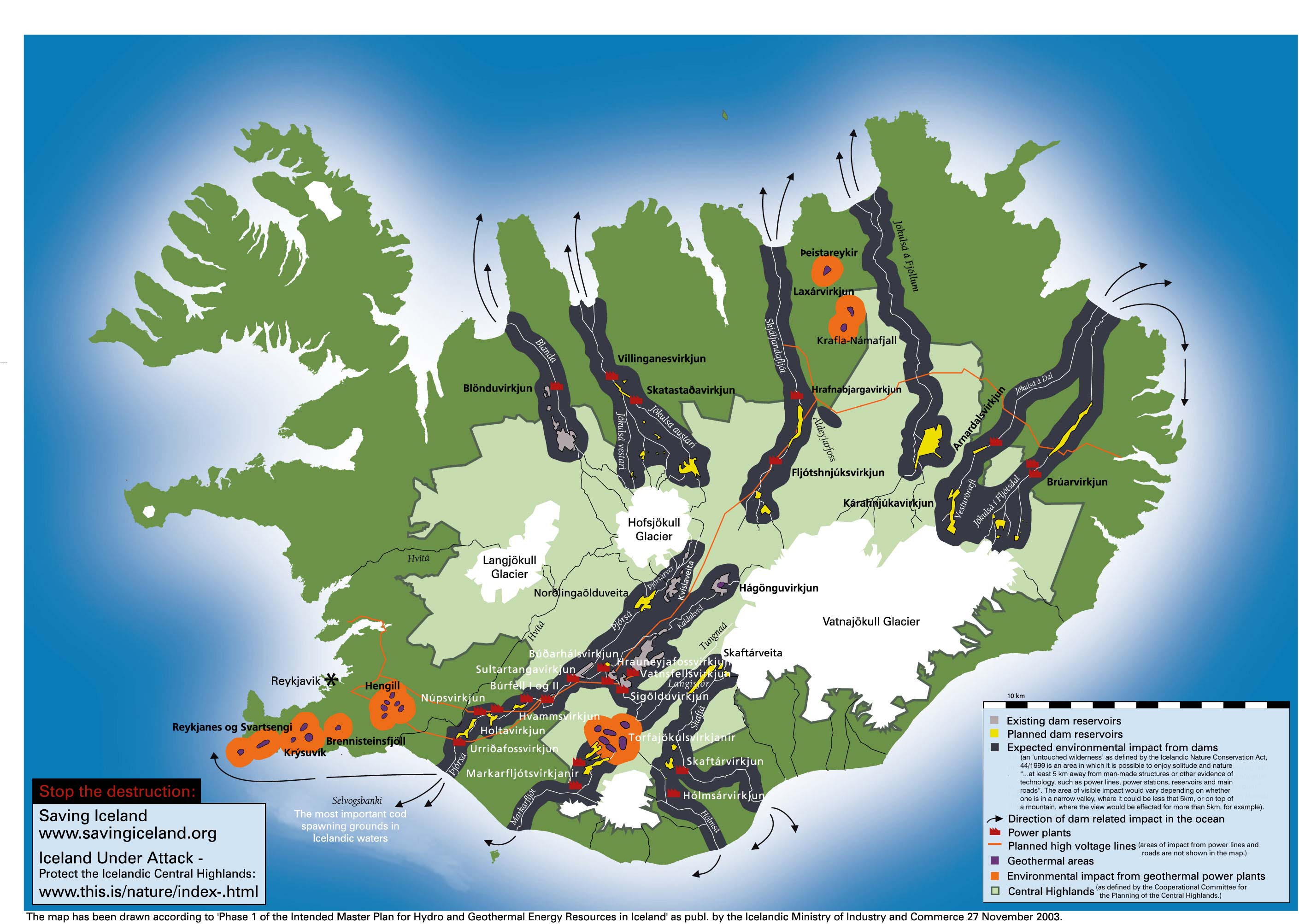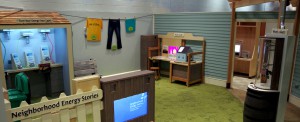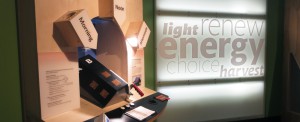The Tepco Fukushima Daiicho nuclear accident occurred on 11 March, 2011. The disaster was the result of a 9.0 magnitude earthquake that was followed by a tsunami.
The disaster highlighted a number of holes in the safety standards and emergency procedures . The parties involved at Tepco failed to develop the most basic safety requirements – such as assessing the probability of damage, preparing for containing collateral damage from such a disaster, and developing evacuation plans for the public in the case of a serious radiation release.
On top to the obvious flaws in the safety standards, the disaster also shed light on a lack of knowledge, training and proper equipment inspection. Had there been specific instructions given to the workers during a state of emergency within a reasonable time, the accident could have been contained more effectively (There were complete sections in the instruction manual that were missing)
In the period immediately following the disaster, the chain of command at Tepco was disrupted by the prime ministers office and this caused a great deal of confusion. Also, the government failed to inform people about the severity of the accident.
The many failures led and insufficient evacuation measures led to many in the affected area receiving unnecessary radiation exposure. Other residents were forced to leave their homes









